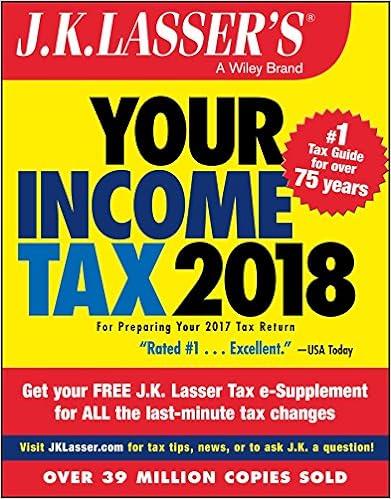
13) The creation of an UPREIT a) Defers capital gains tax at the time of the IPO that would otherwise be due if the IPo were not an UPRETT b) c) Does both (a) and (b) d) Does neither (a) nor (b). Creates a unique security that represents the property contributors' residual interest in entity that owns the REIT's properties the 14) A property owner selling property to an existing UPRETT in return for OP Units instead of cash would be well-advised to negotiate the acquirer's a) Management succession plan b) Holding period of the property being transferred to the REIT c) Future share price d) Future property acquisitions 15) Owners of OP Units of an UPRET a) Receive the same dividends as shareholders of public shares in that UPREIT b) Are prohibited from holding c) May vote their OP units in electing board members d) All of the above seats on the public company board of directors 16) In the history of US REITTs, Taubman Centers (NYSE:TCO) has a special place as The first UPREIT IPO a) b) The first REIT to attain $1 Billion market capitalization c) d) The target of the first successful REIT hostile takeover The first REIT formed after the enabling legislation of 1960 17) In the history of US REITs Kimco Realty (NYSE:KIM) has a special place as a) The first prison REIT b) The first REIT to invest in non-US real estate c) The IPO that restored investor confidence in publicly-traded commercial real estate d) The first REIT to attain S1 Billion market capitalization 18) The REIT Modernization Act of 1999 provided for REITs to create entities that could own non realty assets and engage in business activities that would otherwise cause them to lose their tax exempt status. These entities are a) Tax-paying Entities (TEs) b) Taxable REIT Subsidiaries (TRSs) c) Business Development Enterprises (BDEs) d) Exception Enterprises (EEs) 19) The "5/50 Rule" provides a) That REIT properties must be limited to the fifty states and five territories of the US b) For the prohibition of 50% of share ownership concentrated in five or fewer persons c) Dividends of at least 5% must be distributed to fifty or more shareholders d) None of the above 13) The creation of an UPREIT a) Defers capital gains tax at the time of the IPO that would otherwise be due if the IPo were not an UPRETT b) c) Does both (a) and (b) d) Does neither (a) nor (b). Creates a unique security that represents the property contributors' residual interest in entity that owns the REIT's properties the 14) A property owner selling property to an existing UPRETT in return for OP Units instead of cash would be well-advised to negotiate the acquirer's a) Management succession plan b) Holding period of the property being transferred to the REIT c) Future share price d) Future property acquisitions 15) Owners of OP Units of an UPRET a) Receive the same dividends as shareholders of public shares in that UPREIT b) Are prohibited from holding c) May vote their OP units in electing board members d) All of the above seats on the public company board of directors 16) In the history of US REITTs, Taubman Centers (NYSE:TCO) has a special place as The first UPREIT IPO a) b) The first REIT to attain $1 Billion market capitalization c) d) The target of the first successful REIT hostile takeover The first REIT formed after the enabling legislation of 1960 17) In the history of US REITs Kimco Realty (NYSE:KIM) has a special place as a) The first prison REIT b) The first REIT to invest in non-US real estate c) The IPO that restored investor confidence in publicly-traded commercial real estate d) The first REIT to attain S1 Billion market capitalization 18) The REIT Modernization Act of 1999 provided for REITs to create entities that could own non realty assets and engage in business activities that would otherwise cause them to lose their tax exempt status. These entities are a) Tax-paying Entities (TEs) b) Taxable REIT Subsidiaries (TRSs) c) Business Development Enterprises (BDEs) d) Exception Enterprises (EEs) 19) The "5/50 Rule" provides a) That REIT properties must be limited to the fifty states and five territories of the US b) For the prohibition of 50% of share ownership concentrated in five or fewer persons c) Dividends of at least 5% must be distributed to fifty or more shareholders d) None of the above







